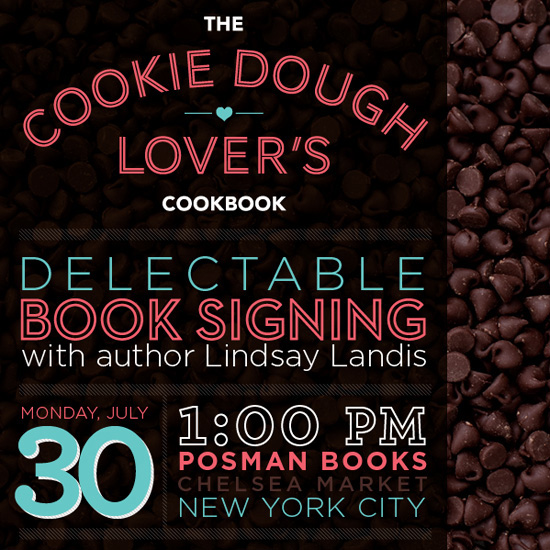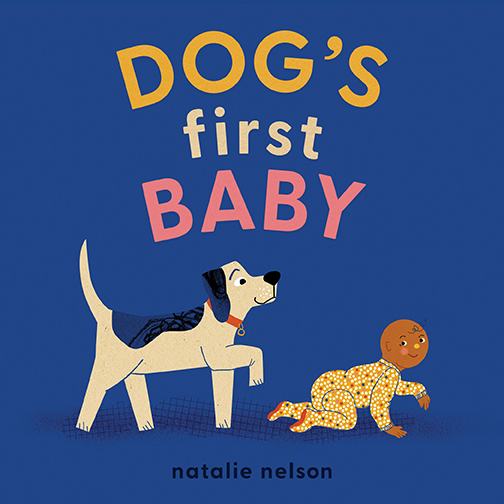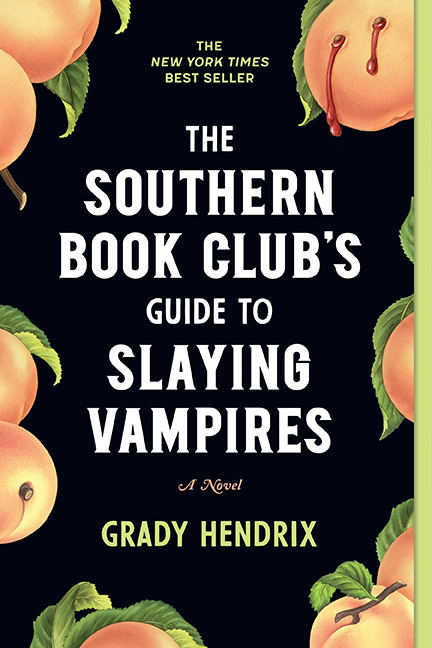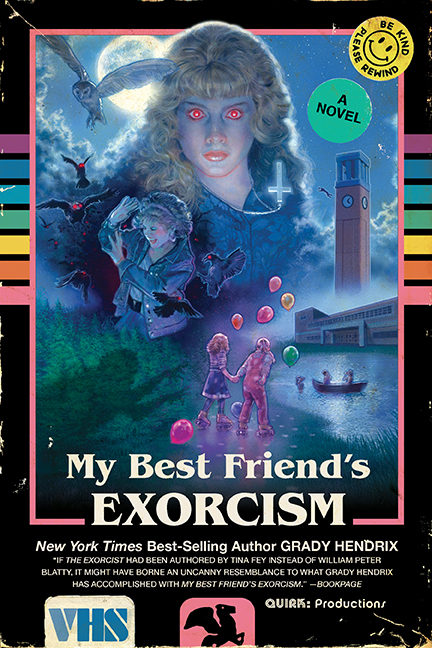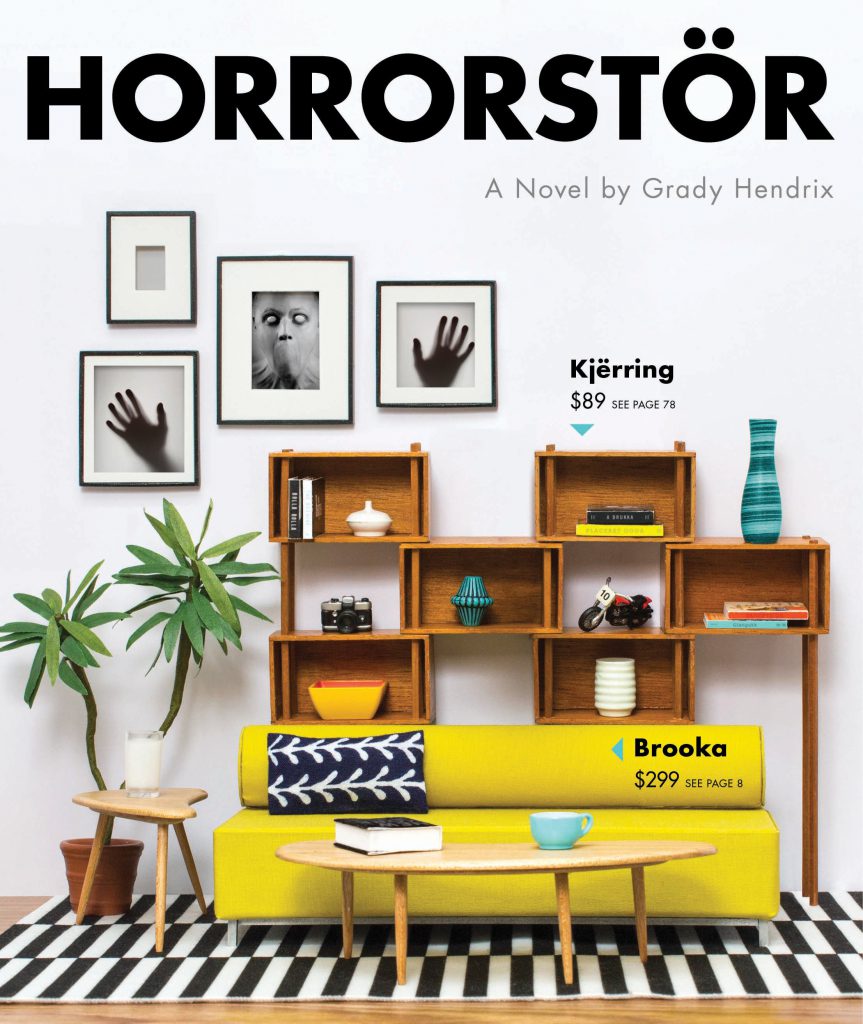Our Blog
Simply Delicious Chewy Coconut Cookies
The coconut tree is a classy and functional gift from Mother Nature. Its water is refreshing and nutritious, the wood is strong for construction, the veins can also be re-purposed for items such as brooms or toothpicks, the meat of the nut becomes cooking oil and skin lotion, the fresh milk is used in food and drink, and even the smoke from the burning husk can repel mosquitoes.
But my favorite use of this fine tree, as of late, is the cookie.
Coconut lovers will go ape for this recipe with its soft center and chewy coconut flakes. Pair with a glass of milk, coconut mojito, or a bottle of coconut rum (and hammock), and enjoy!
Posted by Elizabeth Knauss
Lindsay Landis Visiting Posman Books In NYC
As a part of her never ending quest to make the world fall in love with cookie dough, Lindsay Landis is traveling to New York City for a book signing at Posman Books in Chelsea Market.
She'll be signing copies of the Cookie Dough Lover's Cookbook and greeting fellow cookie fans on Monday, July 30th.
Come by, say hello, and get a signed book!
Lindsay Landis @ Posman Books
Monday, July 30th, 2012, 1pm
Posman Books
75 9th Avenue New York, NY 10011
(212) 627-0304
posmanbooks.com
Posted by Eric Smith
An Ode to Vanilla Ice Cream
Photo by Allie Bishop Pasquier
How many times has it happened before? A group of people go to get ice cream and everyone orders his or her favorite flavor. First there is mint chocolate chip, then strawberry followed by butter pecan and Rocky Road. Then, one lone man steps forward and in a bold unwavering voice states “One scoop of vanilla in a sugar cone!” Lips curl, eyes roll, some fool chortles and in a derogatory tone says, “Vanilla… it’s so bland.”
This has been my ice cream life. I am a vanilla man and have been since I was a child. I cannot tell you how many times I have taken abuse for the fact that I love vanilla ice cream. It is my belief that vanilla is the most misunderstood of all flavors. People spend a lot of time talking about how it is simple, how it lacks flavor and depth, but this is not so. To discount vanilla is to be a short-sighted. It is easy to make an ice cream packed with all manner of flavors: chocolate, nuts, fruits and herbs. However, to make truly good vanilla ice cream is to be a master of ice cream making.
Vanilla is the most unyielding of flavors; every error that can possibly be found in ice cream will present itself in a single scoop of vanilla. Whenever I buy ice cream from a new store or company my first pick is the most overlooked of flavors. A simple bite and I can tell the quality of the product. What is the butter fat content? How creamy is it? Do they use good quality product to flavor their ice cream? All of these questions and more can be answered with a taste.
Some flavors are over-wrought; they drown in their own selfish needs to be special, to stand out in the crowd. Not vanilla, vanilla knows exactly what it is. It is the ultimate base flavor. Perfect alone, it needs no alteration, but for those who cannot appreciate it for what it is, vanilla is also an excellent canvas. Any topping that can be placed on ice cream pairs perfectly with vanilla. Hot fudge, caramel, whipped cream, chocolate syrup or my personal favorite, butterscotch all are perfect companions to a bowl of the derided flavor. Almost all ice cream novelties at the store contain vanilla in some form or other. Where would Klondike be without vanilla? Drumsticks, Bon Bons, Ice Cream Sandwiches and Fifty-Fifty Bars all contain vanilla. To discount it is to discount all of these as well.
No longer should the vanilla lovers of the world be made to feel ashamed of their favorite flavor. I encourage you, my brethren and all ice cream lovers, to walk into your local ice cream parlor and say loud enough for everyone to hear, “My name is… and I would like a scoop of vanilla, please.”
Posted by David Winnick
Six Months to the End of the World. And That’s Miss Strangelove to You
Six months remain until the world’s end,
Which means there is no time to play games here.
There are feelings to eat and rules to bend
While people run out to buy Pop-Tarts and beer.
I’d head to the beach to enjoy the sun.
Pants would be banned ‘cause my ass would be tanned
And sitting next to a certain someone
While our entwined fingers graze the sand.
Before our incendiary ending,
I’d sing every song that played in my heart,
Without doubt, fear or judgment ascending
In my throat to stifle the shaky start.
I’d stop making jokes to mask how I feel
Because regret shouldn’t be my last meal.
—
Erica Nardello is a writer and marketing professional living in Philadelphia. Follow her on Twitter (@ericanardello) and visit her online at www.ericanardello.com.
Posted by Erica Nardello
National Ice Cream Month: Banana Split Pops
Another entry in the “new twists on old favorites” category is the Banana Split Pop.
These pops have everything: 3 different ice cream flavors, two fruity toppings, chocolate fudge, and even a banana surprise in the center. Add some whipped cream and a cherry on top, and you’ve got a complete, no-holds-barred sundae on a stick!
Posted by Caroline Mills
Five Ways to Reuse Your Old Books
Photo by In Sappho We Trust
Sometimes a book will be read so many times that its cover starts to tatter and the pages fall out.
Instead of throwing it away, you can transform it into something else! Here you’ll learn some crafty ways to take apart an unwanted book and make it into something useful.

1. Make a Wreath: By rolling, cutting, folding or crumbling the pages of books, you can arrange them into a wreath that’s good for any occasion. Then you can add any personal touches you want, such as ribbon, berries, or a photograph. Check out this awesome tutotial on The Shabby Creek Cottage.

2. Paint or Print: Mediums like watercolor or printmaking can be a unique alternative to blank paper. Here’s a great how to on Instructables.
Posted by Simona DeDominicis
